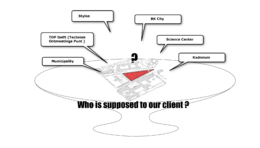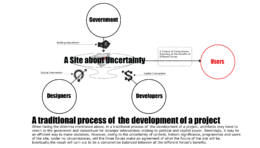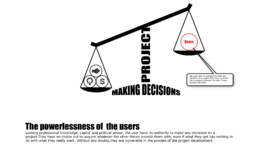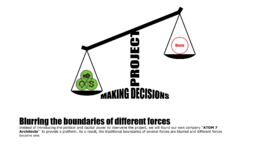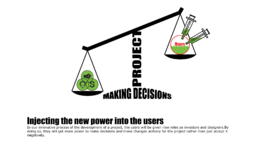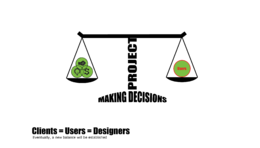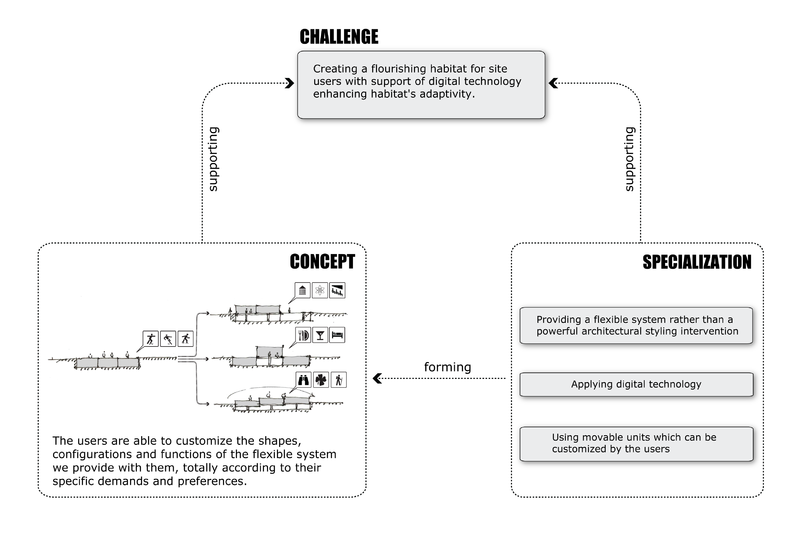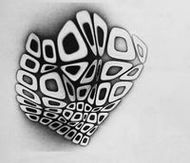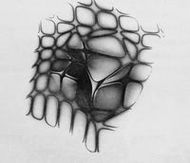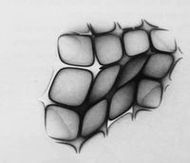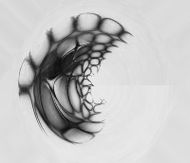atom07:Home
(→Experimentation) |
(→Specialisation) |
||
| (161 intermediate revisions by 3 users not shown) | |||
| Line 1: | Line 1: | ||
| − | [[File:Main Page.png|800px| | + | [[File:Main Page.png|800px|Ineffable [ space ]]] |
| − | + | ''ineffable [ɪnˈɛfəbəl]adj'' | |
| − | + | 1. too great or intense to be expressed in words; unutterable | |
| − | + | 2. too sacred to be uttered | |
| + | 3. indescribable; indefinable | ||
| + | <div style="float: left; width: 800px; margin-right:20px; text-align:right:justify"> | ||
| + | __NOTOC__ | ||
| + | ='''Concept'''= | ||
| + | Architecture is the creation of a habitat for human living. Architect, Le Corbusier best describes remarkable spaces that he has experienced as ‘ineffable space’. He mentions that he is not a religious man, yet when entering certain spaces, a sense of spirituality is imbued in him. The ‘ineffable space’ that Le Corbusier speaks of has been lost and has been replaced by skin architecture. Advancements in technology have led to great achievements; the adaption of architecture into the digital age has been very slow. It is thus essential that the architect of today should attempt to move away from architecture as a visual stimulant, but rather go back to the roots of what architecture stands for - the creation of a healthy living environment for its users. | ||
| − | + | Future architecture will be more dynamic. Currently dynamic architecture is all the hype and is often used as concepts for new designs. Once the excitement of dynamic and interactive design has died down, we will find that true integration within design systems will be created. | |
| + | The concept and drive for this project is the focus on architecture as an adaptable habitat, an architecture that fulfils the needs of its inhabitants. The design is dynamic, but that is not important. What is essential in the concept is that through a dynamic structure more functions are able to take place. This notion of changeable function creates the ultimate approach in architecture – the creation of space that allows for multiple and adaptable programme. | ||
| + | [[File:Main Page_2-01.png|800px|Multi Programmable space]] | ||
| + | ='''Design Challange Process'''= | ||
| + | Making an intervention adaptable in such a way users will be tempted to use new age architecture. In order to do this, a bottom up design exercise is needed. An investigation of different group's demands will help attract viable funding to the project. | ||
| + | ==''Design approach''== | ||
| − | [[ | + | [[File:1-01.png|260px|]][[File:2-01.png|260px]][[File:3-01.png|260px]] |
| − | + | ||
| − | + | ||
| − | + | ||
| − | + | ||
| − | + | ||
| − | + | ||
| − | + | ||
| − | 1 | + | |
| − | + | ||
| − | + | ||
| − | + | ||
| − | + | ||
| − | + | ||
| − | + | ||
| − | + | ||
| − | + | ||
| − | + | ||
| − | + | ||
| − | + | ||
| − | + | ||
| − | + | ||
| − | + | ||
| − | + | ||
| − | + | ||
| − | + | ||
| − | + | ||
| − | + | ||
| − | + | ||
| − | + | ||
| − | + | ||
| − | + | ||
| − | + | ||
| − | + | ||
| − | + | ||
| − | + | ||
| − | + | ||
| − | + | ||
| − | + | ||
| − | + | ||
| − | + | ||
| − | + | ||
| − | + | ||
| − | [ | + | |
| − | + | ||
| − | + | ||
| − | + | ||
| − | + | ||
| − | + | ||
| − | + | ||
| − | + | ||
| − | + | ||
| − | + | ||
| − | + | ||
| − | + | ||
| − | + | ||
| − | + | ||
| − | + | ||
| − | + | ||
| − | + | ||
| − | + | ||
| − | + | ||
| − | + | ||
| − | + | ||
| − | + | ||
| − | + | ||
| − | + | ||
| − | + | ||
| − | + | ||
| − | + | ||
| − | + | ||
| − | + | ||
| − | + | ||
| − | + | ||
| − | + | ||
| − | + | ||
| − | + | ||
| − | + | ||
| − | + | ||
| − | + | ||
| − | + | ||
| − | + | ||
| − | + | ||
| − | + | ||
| − | + | ||
| − | + | ||
| − | + | ||
| − | + | ||
| − | + | ||
| − | + | ||
| − | + | ||
| − | + | ||
| − | + | ||
| − | + | ||
| − | + | ||
| − | + | ||
| − | + | ||
| − | + | ||
| − | + | ||
| − | + | ||
| − | + | ||
| − | + | ||
| − | + | ||
| − | + | ||
| − | + | ||
| − | + | ||
| − | + | ||
| − | + | ||
| − | + | ||
| − | + | ||
| − | + | ||
| − | + | ||
| − | + | ||
| − | + | ||
| − | + | ||
| − | [[ | + | |
| − | + | ||
| − | 3. | + | |
| − | + | ||
| − | + | ||
| − | + | ||
| − | + | ||
| − | + | ||
| − | + | ||
| − | + | ||
| − | + | ||
| − | + | ||
| − | + | ||
| − | + | ||
| − | + | ||
| − | + | ||
| − | + | ||
| − | + | ||
| − | + | ||
| − | + | ||
| − | + | ||
| − | + | ||
| − | + | ||
| − | + | ||
| − | + | ||
| − | + | ||
| − | + | ||
| − | + | ||
| − | + | ||
| − | + | ||
| − | + | ||
| − | + | ||
| + | [[File:4-01.png|260px|]][[File:6-01.png|260px]][[File:7-01.png|260px|]] | ||
='''Specialisation'''= | ='''Specialisation'''= | ||
| − | + | [[Image:Specialization02.png|800px]] | |
| + | Through specialization of technical elements, solutions for the challenge will be found to make an ineffable changeble space possible. The specialization will focus on the potential use of different elements. They will be judged on their adaptability and in a later stage on fabrication potential. | ||
| − | = | + | <div style="float:left; border:none;text-align:justify; width:190px; margin-right: 10px;" > |
| − | + | =''' [[Atom07:Research | Research ]]'''= | |
| − | + | ||
| − | + | ||
| − | + | ||
| − | + | ||
| − | + | ||
| − | + | ||
| − | =''' | + | |
| − | + | ||
| − | + | ||
| − | + | ||
| − | + | ||
| − | + | ||
| − | + | ||
| − | + | ||
| − | + | ||
| − | + | ||
| − | + | ||
| − | + | ||
| − | + | ||
| − | + | ||
| − | + | ||
| − | + | ||
| − | + | ||
| − | + | ||
| − | + | ||
| − | + | ||
| − | + | ||
| − | + | ||
| − | + | ||
| − | + | ||
| − | + | ||
| − | + | ||
| − | + | ||
| − | + | ||
| − | + | ||
| − | + | ||
| − | + | ||
| − | + | ||
| − | + | ||
| − | + | ||
| − | + | ||
| − | + | ||
| − | + | ||
| − | + | ||
| − | + | ||
| − | + | ||
| − | + | ||
| − | + | ||
| − | + | ||
| − | + | ||
| − | + | ||
| − | + | ||
| − | + | ||
| − | + | ||
| − | + | ||
| − | + | ||
| − | + | ||
| − | + | ||
| − | + | ||
| − | + | ||
| − | + | ||
| − | + | ||
| − | + | ||
| − | + | ||
| − | + | ||
| − | + | ||
| − | + | ||
| − | + | ||
| − | + | ||
| − | + | ||
| − | + | ||
| − | + | ||
| − | + | ||
| − | + | ||
| − | + | ||
| − | + | ||
| − | + | ||
| − | + | ||
| − | + | ||
| − | + | ||
| − | + | ||
| − | + | ||
| − | + | ||
| − | + | ||
| − | + | ||
| − | + | ||
| − | + | ||
| − | + | ||
| − | + | ||
| + | [[Image:200px-Zaha_hadid01.jpg|frameless|190px|Research|link=atom07:Research]] | ||
</div> | </div> | ||
| − | <div style="float:left;text-align:justify; border:none; width: | + | <div style="float:left;text-align:justify; border:none; width:190px; margin-right: 10px;" > |
| − | =''' | + | ='''[[Atom07:Design|Design]]'''= |
| − | + | [[Image:200px-Zaha_hadid02.jpg|frameless|190px|Design|link=atom07:Design]] | |
| − | + | ||
| − | + | ||
| − | + | ||
| − | [[Image:Zaha_hadid02.jpg|frameless| | + | |
| − | + | ||
| − | + | ||
</div> | </div> | ||
| − | <div style="float:left;text-align:justify; border:none; width: | + | <div style="float:left;text-align:justify; border:none; width:190px; margin-right: 10px;" > |
| − | =''' | + | =''' [[Atom07: Validators |Validators]]'''= |
| − | + | ||
| − | + | ||
| − | + | ||
| − | + | ||
| − | + | ||
| − | [[ | + | |
| − | + | ||
| − | + | ||
| + | [[Image:200px-Zaha_hadid03.jpg|frameless|190px|References|link=atom07:Validators]] | ||
</div> | </div> | ||
| − | <div style="float:left;text-align:justify | + | <div style="float:left; border:none;text-align:justify; width:190px; margin-right: 10px;" > |
| − | =''' | + | =''' [[Atom07:References|References]]'''= |
| − | + | ||
| − | + | ||
| − | + | ||
| − | + | ||
| − | + | ||
| − | + | ||
| − | + | ||
| − | + | ||
| + | [[Image:200px-Zaha_hadid04.jpg|frameless|190px|References|link=atom07:References]] | ||
</div> | </div> | ||
| Line 311: | Line 69: | ||
| + | : ''“I propose we leave math to the machines and go play outside.” | ||
| + | :: ''- Calvin & Hobbes'' | ||
| − | + | [[atom07:About Us|'''About Us''']] - [[atom07:Archive |'''Archive''']] - [[atom07:Contact Us|'''Contact Us''']] | |
| − | + | ||
| − | + | ||
| − | + | ||
| − | + | ||
| − | + | ||
| − | + | ||
| − | + | ||
| − | + | ||
| − | + | ||
| − | + | ||
</div> | </div> | ||
| − | |||
| − | |||
| − | |||
| − | |||
| − | |||
| − | |||
| − | |||
| − | |||
| − | |||
| − | |||
| − | |||
| − | |||
| − | |||
| − | |||
| − | |||
| − | |||
| − | |||
Latest revision as of 15:16, 17 October 2011
ineffable [ɪnˈɛfəbəl]adj
1. too great or intense to be expressed in words; unutterable
2. too sacred to be uttered
3. indescribable; indefinable
Concept
Architecture is the creation of a habitat for human living. Architect, Le Corbusier best describes remarkable spaces that he has experienced as ‘ineffable space’. He mentions that he is not a religious man, yet when entering certain spaces, a sense of spirituality is imbued in him. The ‘ineffable space’ that Le Corbusier speaks of has been lost and has been replaced by skin architecture. Advancements in technology have led to great achievements; the adaption of architecture into the digital age has been very slow. It is thus essential that the architect of today should attempt to move away from architecture as a visual stimulant, but rather go back to the roots of what architecture stands for - the creation of a healthy living environment for its users.
Future architecture will be more dynamic. Currently dynamic architecture is all the hype and is often used as concepts for new designs. Once the excitement of dynamic and interactive design has died down, we will find that true integration within design systems will be created.
The concept and drive for this project is the focus on architecture as an adaptable habitat, an architecture that fulfils the needs of its inhabitants. The design is dynamic, but that is not important. What is essential in the concept is that through a dynamic structure more functions are able to take place. This notion of changeable function creates the ultimate approach in architecture – the creation of space that allows for multiple and adaptable programme.
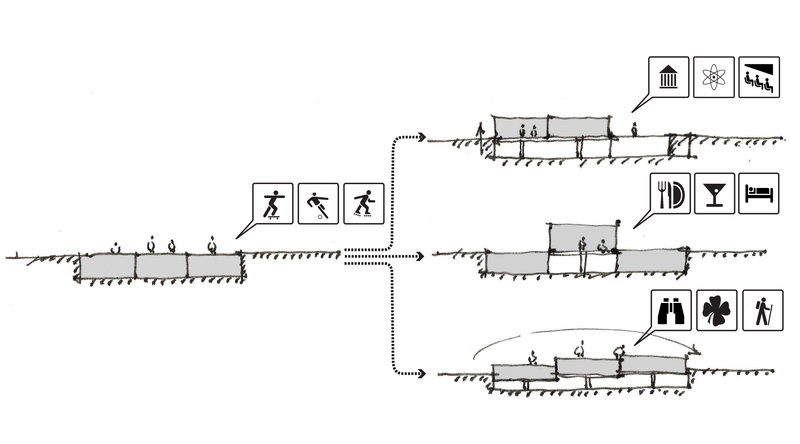
Design Challange Process
Making an intervention adaptable in such a way users will be tempted to use new age architecture. In order to do this, a bottom up design exercise is needed. An investigation of different group's demands will help attract viable funding to the project.
Design approach
Specialisation
Through specialization of technical elements, solutions for the challenge will be found to make an ineffable changeble space possible. The specialization will focus on the potential use of different elements. They will be judged on their adaptability and in a later stage on fabrication potential.
- “I propose we leave math to the machines and go play outside.”
- - Calvin & Hobbes
About Us - Archive - Contact Us
![Ineffable [ space ] Ineffable [ space ]](/images/thumb/6/61/Main_Page.png/800px-Main_Page.png)
